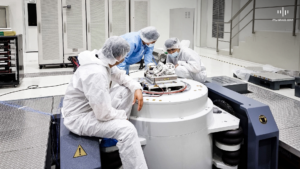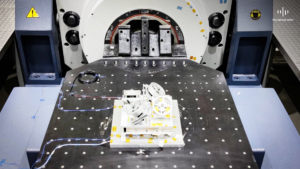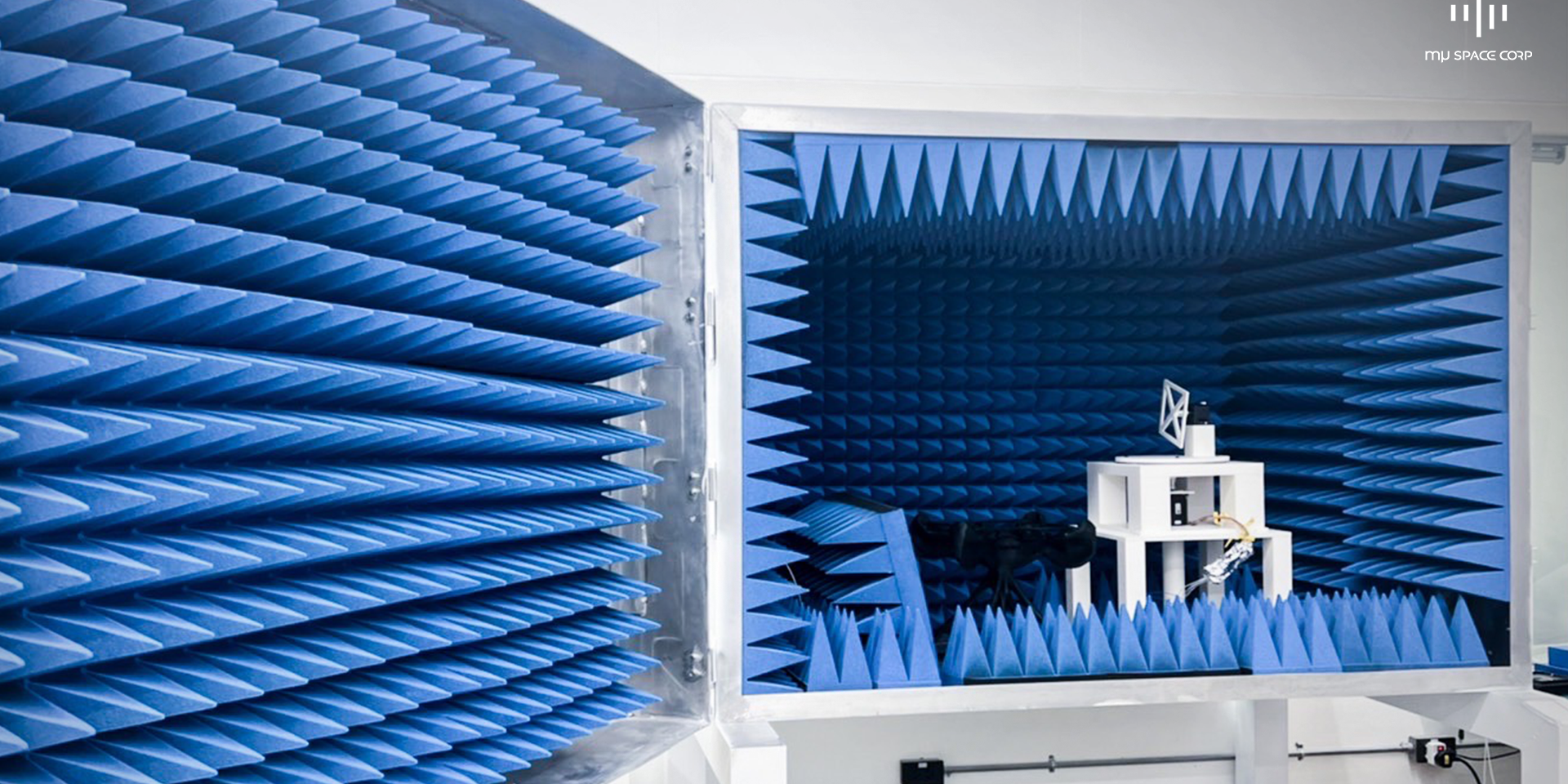Manufacturing in the aerospace industry comes with a lot of processes and involves many different teams working together to produce the final product. One of the most important phases of production is the testing phase, as this will determine whether the product can perform according to the design and is space-proof. In this specific industry having a faulty product could lead to high consequences economically, and on manned missions could even lead to fatality. mu Space gives paramount concern to the quality of it’s product, therefore putting grave importance on the testing phase.
A satellite is made up of many different parts and components, due to this the testing phase goes on for a long period of time. Low quality components made with low quality materials can lead to satellites malfunctioning, this would further cost the company a lot of money to redo another mission, as it’s not possible to physically fix these structures while they are in orbit. Apart from the negative economic impact, faulty testing and results can also tarnish the reputation of the manufacturer. All components are tested individually as required, before the whole assembly is tested for a final time.

As mentioned above, the testing phase is broken down to serve each component separately, before testing the assembly. Some of the key tests include, vibration testing, thermal simulation testing, and electromagnetic testing. Each test is different in objective and thus the subjection method.
Vibration tests are conducted to find out if the component is able to withstand the rigorous vibration that occurs during launch and other vibrations that can occur during the mission. Launching a satellite into space uses a lot of power therefore the vibrations emitted are much higher than one can imagine, hence this test is one of the main tests that must be performed to every component. mu Space Corp recently put its reaction-wheel through the vibration test at GISTDA, a space facility located in Thailand.
Thermal simulation testing is used to mimic the surroundings in space to see whether components will be able to withstand the harsh conditions of space.

Electromagnetic energy affects the functionality of an electronic device therefore tests need to be performed to make sure that they are adequate and don’t affect other equipment around them. EMI and EMC testing are therefore used for this purpose, these tests are conducted to make sure that an equipment is able to handle electromagnetic energy when it is exposed to such conditions. Tests are also conducted to make sure that the component being tested itself isn’t emitting harmful electromagnetic energy which can affect other components in its vicinity.
mu Space Corp, an aerospace manufacturer that produces its components in-house gives grave importance to the testing phase of production. The company tests its products at GISTDA, an internationally recognized national space agency , to make sure that every product is the highest quality possible. The company recently announced its intention to build a space supply chain in Southeast Asia with hopes that it will positively impact the economy and workforce of the region.







